15 Emergency Provisions You Should Buy Every Month
Some people might think that because they live in a small town, suburb, or even rural community, they don’t need to have emergency provisions. But emergencies can happen anywhere, so it’s important to be prepared. In fact, there are at least 15 emergency provisions you should buy every month!
15 Emergency Provisions To Buy Every Month
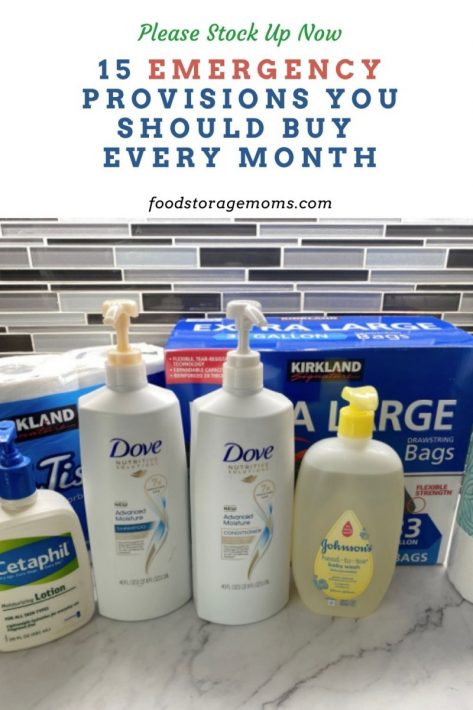
We all hope that we’ll never have to use these provisions, but it’s important to be as best prepared as possible for emergencies. That’s why you should buy a few basic provisions every month, so you’re always ready in case of an emergency. Here are some of the items you should make sure to have on hand:
1. Garbage Bags
These aren’t just great to have for trash, you can use garbage bags for storage, makeshift tarps, and even ponchos. I recommend large, heavy contractor bags. They come in different thicknesses, so look for some that would hold up in adverse conditions. I suggest the heavy-duty versions rather than just regular bags you use each week to dispose of your garbage.
2. Water
You Can’t survive longer than about 3-days without water. In addition to the water you already buy, you should buy extra water for emergencies. I recommend storing 5-gallon jugs. Remember, you need at least 1 gallon of water per person, per day as per various government agencies. I have always suggested four gallons per person per day so you can not only stay hydrated, but also perform some cooking, light laundry, and personal hygiene tasks.
3. Paper Towels
Like toilet paper, paper towels come in useful for just about anything cleanup related, especially if you don’t have running water.
4. Toilet Paper
Wiping with leaves doesn’t sound fun. You don’t need to go overboard with toilet paper, but you will want to gradually build up your long-term supply. This is one item that tends to disappear first when people hear an emergency or disaster is imminent. Don’t get caught without a good supply, you never know how long the emergency and related shortages may last.
5. Charcoal Briquettes
Get charcoal without lighter fluid since it stores indefinitely if not coated with chemicals. Charcoal makes a great fire starter for cooking, purifying water, and keeping you warm around a campfire.
6. Cans of Food
Make sure to stock canned goods that you will eat, like soups, veggies, meats, and fruit. Unsweetened Cocoa is another one we must stock if we love chocolate cake or brownies!! In addition to canned goods, you should think about canning supplies. If you have a garden, you’ll want to preserve what you have. It isn’t enough to have the canning supplies needed, if you haven’t learned how to use a canner, you need to get started NOW! Please consider purchasing a safe canning guide book, Ball Canning Guide, or USDA Canning Guide
7. Pet Food
Pet food and kitty litter flew off the shelves during the pandemic. So, let that be a reminder of how important it is to have extra stocked up.
8. Seeds
It doesn’t matter how much you stock up on food, eventually, you could run out. Even if you don’t plant them every month, it’s important to have seeds that you can plant and start to easily grow food for your family to eat. Store them in a cool dry area. Like other supplies, learn the ins and outs of gardening for your particular area.
Learn what grows best for your location, when you can expect to plant those seeds or transplant the seedlings you started, how much water and fertilizer they’ll need, and when you’ll need to harvest them and start your canning projects.
9. Soap
You should have plenty of soap on hand for cleaning yourself and disinfecting your surroundings, as well as laundry detergent. I recommend the Ivory bar brand because it’s inexpensive, versatile, and effective!
10. First Aid Items
We all use bandages, wraps, antiseptic ointments, and more all the time. Make sure you are replacing and adding to your provisions. Check my archive for ideas when putting your first aid kit together.
11. OTC Medicine
Did you notice that OTC medications flew off the shelves during the pandemic? Make sure you are stocking up on fever reducers, antacids, upset stomach medication, and cough medications. You should also consider sun tan lotion and sunburn treatments in case you didn’t use the lotion effectively.
12. Candles
During a power outage, candles are an inexpensive lighting source. I recommend building a supply of long-burning emergency candles. I always try to remind my readers that candles should be used with caution since many house fires are caused by candles left unattended.
13. Fuel
Although stocking up on gasoline is a good idea, it can degrade over time. However, propane can stay fresh for up to 30 years. It’s great for camp stoves. As will candles, be sure to use caution when storing and using any flammable materials. Keep them away from open flames, electrical outlets, and cramped quarters since they should be kept in a well-ventilated storage area.
14. Dental care
When you can’t find these items at the store during emergency situations since everyone will be pulling them from the shelves, you’ll realize how fast they go. Make sure you are buying extra toothpaste, toothbrushes, and dental floss each month.
15. Diapers
If you have little ones at home, don’t forget to stock up on diapers, baby food, and formula. If you want to save money, you can always use cloth diapers and make your own baby food. Read, Emergency Preparedness for Infants for more information.
How Many Extras Should I Buy for Each Emergency Provision?
Emergency provisions are those supplies that you need in the event of an emergency, such as food, water, and medicine. But how many extras should you buy for each emergency provision?
The answer depends on the size of your family and the length of time you want to be prepared for. For a family of four, a two-week supply of emergency provisions is generally recommended. This means having enough food and water for each person to eat and drink for two weeks, as well as having a first-aid kit and other essential supplies.
Of course, you may want to have more than a two-week supply if you live in an area that is prone to natural disasters or if you have a chronic medical condition that requires medication. In these cases, it’s advisable to have at least a four-week supply of emergency provisions. And if you have the space, it’s always good to have even more than that. After all, it’s better to be safe than sorry.
How to Start
If you aren’t sure how to start a 2-week supply, start with buying an extra can of food for each person in your household every month. Buy a gallon of water for each person in your household each month. When it comes to other items, if you use 1 item a month, buy 1 extra each month. Start small and build up your supply. You don’t have to buy a full 3-days, 2-weeks, or monthly supply all at once.
How Much Should I Spend on Emergency Provisions Each Month?
Again, this will vary depending on your individual circumstances. However, a good rule of thumb is to start by setting aside at least $100 per month for emergency provisions, at least as long as it takes to feel comfortable with the amount you have on hand. This may seem like a lot, but it’s better to be safe than sorry. Adjust the amount as time passes and you have some experience in their use.
What Kind of Food Should I Include in My Emergency Provisions?
The type of food you include in your emergency provisions will depend on your individual needs and preferences. However, generally speaking, you should include non-perishable items that don’t require refrigeration or cooking. Examples might include canned goods, dry cereal, peanut butter, and granola bars.
Where Can I Find Emergency Provisions?
There are a number of places where you can purchase emergency provisions, including online retailers and big-box stores. However, it’s important to make sure that you’re buying from a reputable source. The last thing you want is to be stuck with inferior products in the event of an emergency.
How Often Should I Rotate My Emergency Food Supply?
It’s a good idea to inspect and inventory your provisions and then rotate the emergency provisions that are needed every six months to a year to ensure that the food is still fresh and usable. You can do this by including expiration dates on your pantry items and setting a reminder in your phone or calendar.
Final Word
Emergency provisions are those supplies that you need in the event of an emergency, such as food, water, and medicine. If you buy a little bit each month, you’ll have what you need when an emergency strikes.
Building up a supply of emergency provisions is a good idea for any family. The key is to start small and gradually build up your stockpile. And don’t forget to rotate your supplies every six months to ensure that the food is still fresh.
Do you buy different provisions each month? Let me know in the comments below! May God Bless this world, Linda

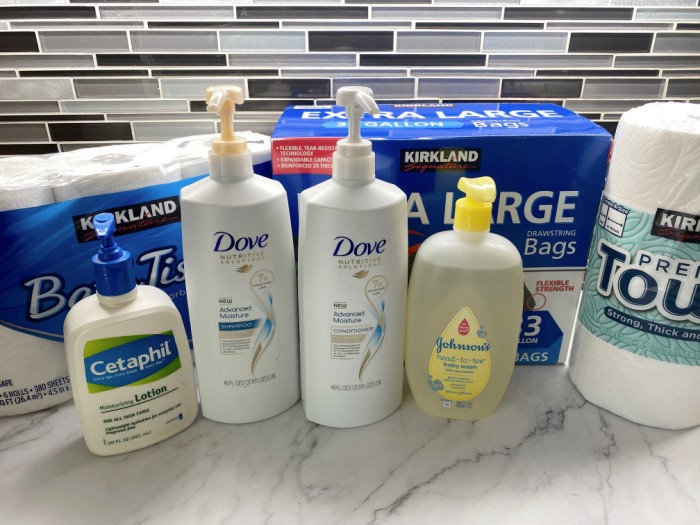

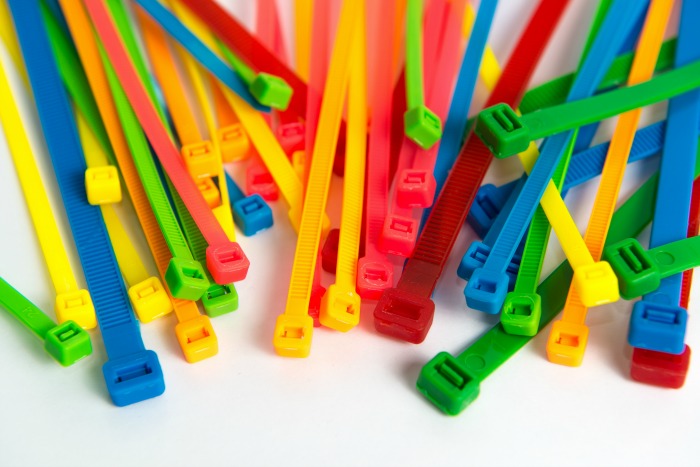
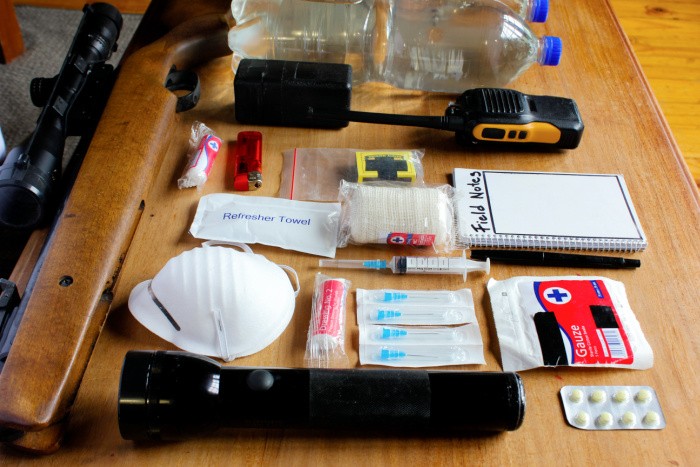
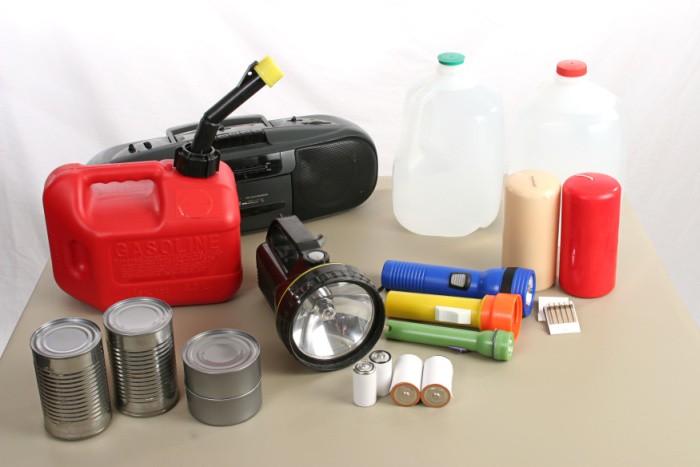
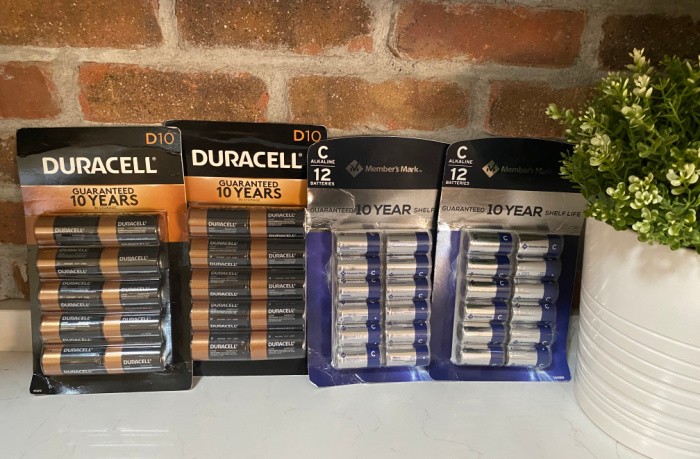

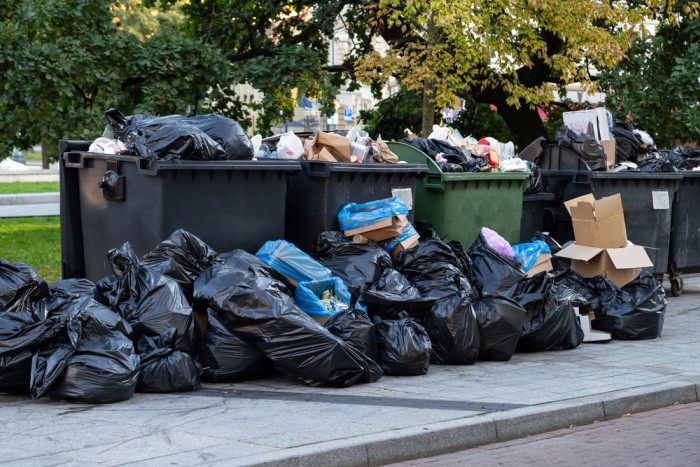







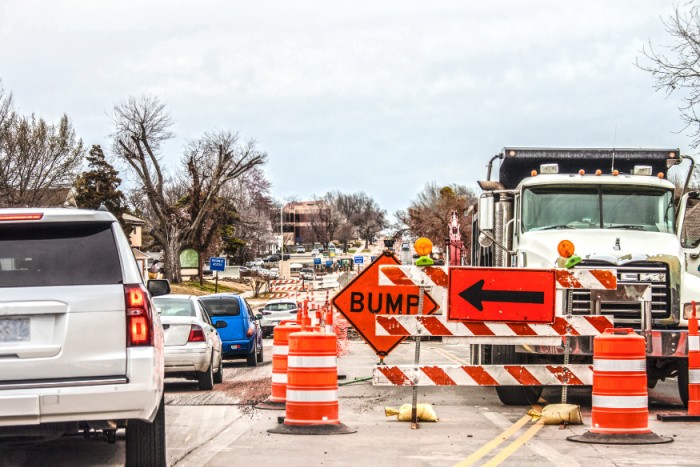
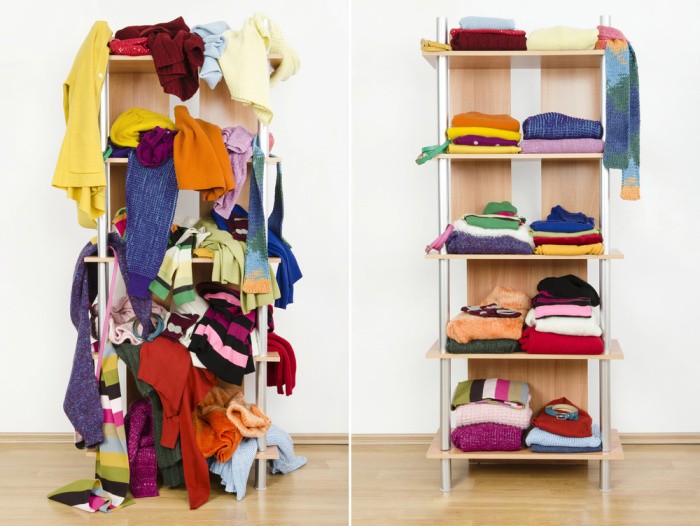

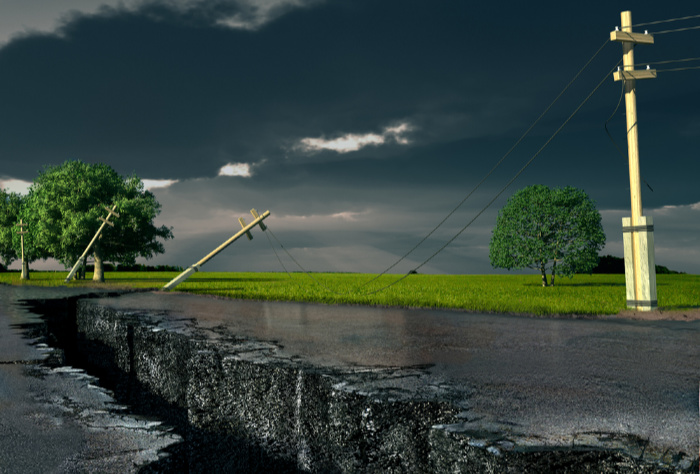



Please add powdered cocoa. I try to buy a box every month – brownies, Texas Sheet Cake, chocolate pancakes can all be used to enhance a boring diet in times of stress.
HI Karen, how did I forget that one!!! LOL! Adding it right now. It’s a given in my home!! Love it! Linda
A most delicious idea.
Good article, especially on the cat litter, we only use non clumping clay litter. DH and I can’t lift the 40 lb bags any more so we’ve gone to 20lbs.We old, LOL. So every time we’re in the store we pick up a couple of 20 pound bags. Had a dickens of a time the past couple of years trying to even get 40 pounders let alone the 20 pound bags. Our cats are inside kitties ONLY, we won’t let them go outside. We covered part of our deck for a 2-3 season room for us to sit in , they both think we built it for them and that’s the closest they come to outdoors. TIP: If you are storing the litter in the original bags, don’t forget to lay down a rubber mat so they don’t leech the moisture from the cement if you use clay like we do. We store ours in garage on one of those outdoor tire rubber like mats. It keeps the bags off the cement and the bags don’t pick up the moisture. The bags stack pretty good if you lay them flat. We did try the clumping kind but our older cat got really sick, something in the clumping kind acerbated her “environmental” allergies. She’s 17 years old now and yeah we spoil her.Though I do have to say she’s still a good mouser in spite of her age, just hope our younger one will learn to do as good of a job.
Hi Kathy, I love love love this comment! The covered deck is the best comment ever! It’s so fun to have pets to love and cuddle with, life is so good! We will buy whatever it takes to keep them healthy and happy! The mouser is a bonus! Love it! Linda
As with all advice, common sense must prevail! If I purchased these items every month, I would not be able to live in my apartment!
Hi Leanne, yes, indeed! This list is for beginners, and common sense would be needed for sure. Great comment, Linda
I have already purchased all the necessities my family group needs for a long-term disaster, because I have been prepping for a long time. Now I am concentrating on the things that would just make life nicer, like sandwich bags, aluminum foil, steel wool pads, etc. I put those and dish washing liquid, laundry detergent, bar soap, shampoo, razors, flex garbage bags, and coffee filters (my new substitute for toilet paper because I have no room for more toilet paper) on a subscription to Amazon and have them delivered to my house. I don’t have to remember what to buy; I have already set it up, with staggering delivery dates so that about $100 arrives every month. It’s easy to budget that way.
Hi Angela, what a great idea on the coffee filters. I love hearing you are so prepared, it feels so good. I like the monthly delivery idea!! Linda
Angela, when the pandemic lockdown occurred, to was not to be found! But, both coffee filters and paper napkins were. I live alone but have enough of both to last a good long time.
This change of season can also be a good time to review pantry storage and pest control. Despite 4 years bug free because most of my dry goods are kept in sealable totes, I ended up with a minor infestation in my pasta stores. The worst package was lasagna noodles was discarded. Pantry was stripped and scrubbed with bleach then wiped with peppermint oil. Pantry seems back to normal but will be watched closely..
Hi Nancy, oh this is a great reminder!!! I helped a friend with pantry moths, wow, wow, wow! Yes, lots of bleach, I will try peppermint oil as well the next time someone asks for my help! Thank you!! Linda
Strange, me too!!!! …I just found the smell in my food room…after moving and searching through many shelves of canned goods….I was moving the different pastas to the same shelf and smelled the bucket–it was black and ruined inside…a 2 gallon bucket of egg noodles.
I would have never thought to check these pasta buckets. So, I checked all buckets…not rice..too many and too heavy for me now.
Pasta spoiled ….learn something every day!!!
Hi JayJay, the pasta turned black? Like mold? Thanks for sharing this comment with all of us. Do you live where it is humid? I love learning stuff like this. I’m sorry you have to toss the bucket, what a shame. Yes, we do learn something new every day!! Linda
JayJay:
Try keeping some dry bread in your noodles to keep moisture away from them. Another thing I do is to put the pasta into the bucket unopened in the bag with some dry Basel leafs in the bottom of the bucket and they keep really well for me.
My daughter has my shampoo set up to be sent by Amazon every other month and I get 3 bottles of it when it comes to me.
Love
Jackie
Hi Jackie, oh I love hearing this!! I love those auto-deliveries!! Linda
Linda:
I took a class from the state here in New Mexico many years ago and they recommended that once you have at least a months worth of food you use them and replace them each week and include another week of that food so that you can have at least 6-12 months food supply. I am aiming at getting at least a 2 years supply by the end of the year because we do not know what we will be able to get in the near future with the way B is going on with spending money.
Hi Jackie, that’s a great plan! I’m worried as well. I’m well-stocked, but the price of everything is going up and up. Linda